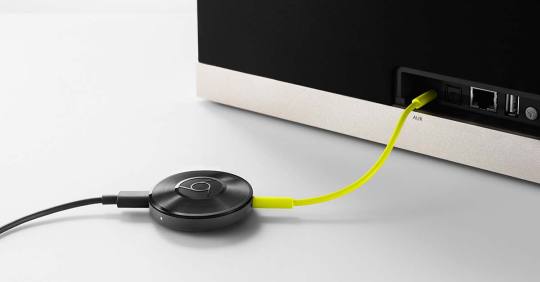If you’ve been following my blog for a while, you’ll know
that I’ve written a whole
series of posts on my efforts to take a few Raspberry Pis and turn them
into a DIY whole home audio solution.

If you’ve ever looked at the product offering within the
whole home audio space, you’ll know that setting such a thing up is either
cripplingly expensive, involves tearing the walls apart to run cables, or both.
Where we left off I’d put together a solution that was
glorious when it worked, but that was rare. Typically the audio was either out
of sync between the devices right from the get go, or quickly got that way.
Getting the Pis to play the same music was relatively
simple, but getting it perfectly in sync so that it could be used in a
multi-room setup eluded me to the end, and eventually I gave up.
The bottom line is that synchronizing audio between multiple
devices in a smart way requires specialized hardware that can properly account
for the differences in network latency between each of the end points. The Pi
doesn’t have that, and it’s not really powerful enough to emulate it through
software.
So is my dream of a reasonably priced whole home audio
solution dead? Hell no.

In October I wrote
about Google’s announcement of the Chromecast Audio. At the time it didn’t
have support for whole home audio but Google had promised that it was coming.
It’s here.
The day they announced that it had arrived was the day I
headed over to my local BestBuy and picked up four of these things. I plan to
add two more, and I couldn’t be happier with the results.
Plus, it frees up the Pis for other cool projects. Watch
this space!
